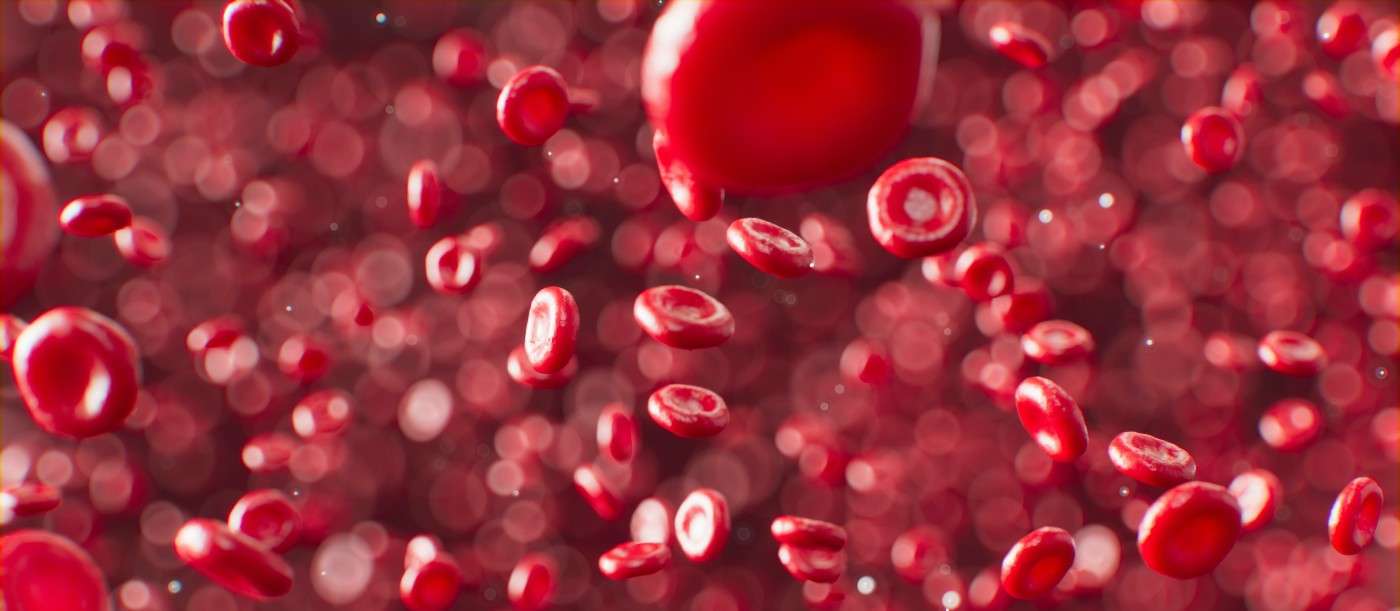X-Ray Explosion of a White Dwarf Star Captured for the First Time
Friedrich-Alexander-Universität Erlangen-Nürnberg researchers have captured for the first time an explosion of a white dwarf star.

An engineer in Barcelona has been adapting silicon nanobots to deliver things like antibiotics to open wounds, and has even created little "motors" to push them around.
It turns out this is much faster than the oral, topical, or intravenous administering of antibiotics for several reasons, and while it may seem like science-fiction, nanobots could become a part of a medic's toolkit in the not-too-distant future.
Samuel Sánchez from the Institute of Bioengineering in Spain has created these tiny spheres that can carry antibiotics or cancer drugs through a body's viscous fluids, and has used them to quickly treat infections in mice.
"We see that the whole wound gets covered. The machines can actually travel around the wound and clear the infection as they go," âªCésar de la Fuente, a bioengineer at the University of Pennsylvania who led the project with Sánchez, told Wired Magazine.
The reason these bots will be preferable is that "diffusion," the process through which drugs enter and move about a system normally, takes a really long time in the body's more viscous fluids like mucous.
Often they go at the whims of where the fluid in which they're embedded takes them, which could involve missing the targeted area, or never penetrating it. Using mucous as an example again, if there is bacteria or a virus in mucous, and medicine is diffused into the saliva, it's normal for the saliva to skirt the edges of the former without ever penetrating it, before passing on to other parts of the body.
In terms of the bloodstream, blood travels all over the place, not just to where an infection is occurring.
Sanchez realized that in order to avoid creating just an artificial form of diffusion, the nanobots needed propulsion. He then coated a bot's spherical silica chassis with a protein called urease, that converts urea into carbon dioxide and ammonia. These proteins were placed asymmetrically around the chassis, meaning that whenever they came in contact with urea, the resulting enzymatic reaction pushed them a little bit like an internal combustion engine separating gasoline.
De la Fuente, Wired reports, was working on new antibiotics derived from protein chains called peptides-the kind that occur normally in the animal kingdom. He loaded up one of Sanchez' chassis with a synthetically-made antibiotic peptide derived from wasp venom, before the men dropped it in into an infected wound on a mouse.
Rubbing the wound with non-toxic urea allowed the nanobots to chaotically push themselves around at random, which actually reduced the bacterial content of the infection by 100-1,000 times across the entire opening of the wound.
In contrast, mice cuts treated with drops of normal antibiotics or bots without the application of the urea experienced the same reduction in bacterial matter, but only in the region where they were treated.
It's not lost on the two men how crazy the idea of little machines driving themselves around in our bloodstream seems.
"As scientists, we're all inspired by science fiction," says de la Fuente. "And I think our job sometimes is to try to get those two worlds closer together. What seems science fiction today, hopefully, in a number of years, becomes reality."
SHARE the Innovation; Share This Story…
Be the first to comment